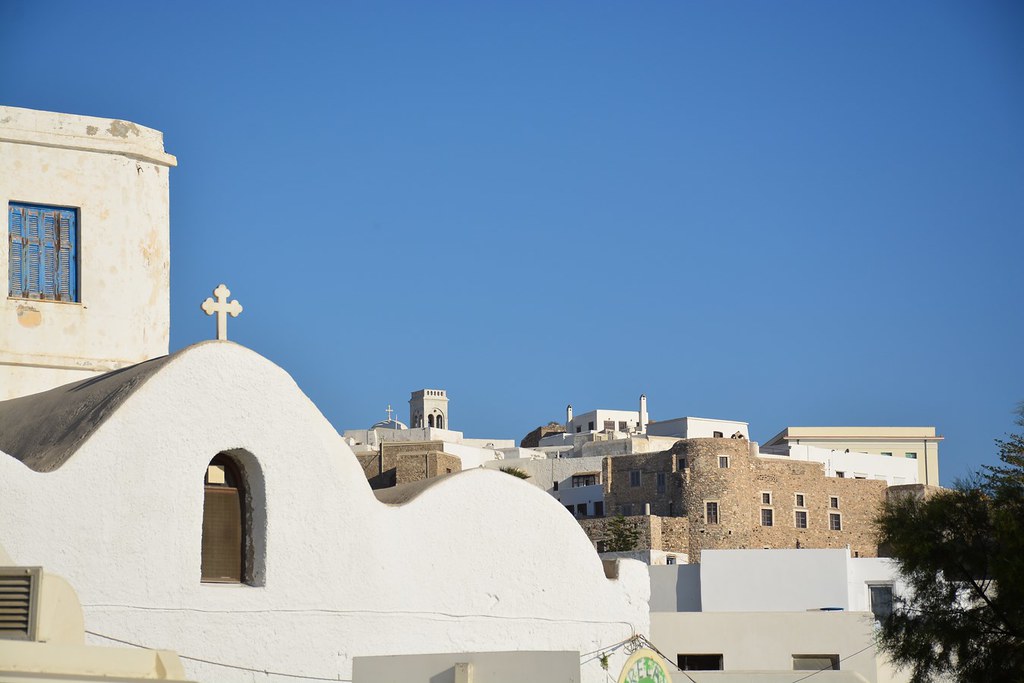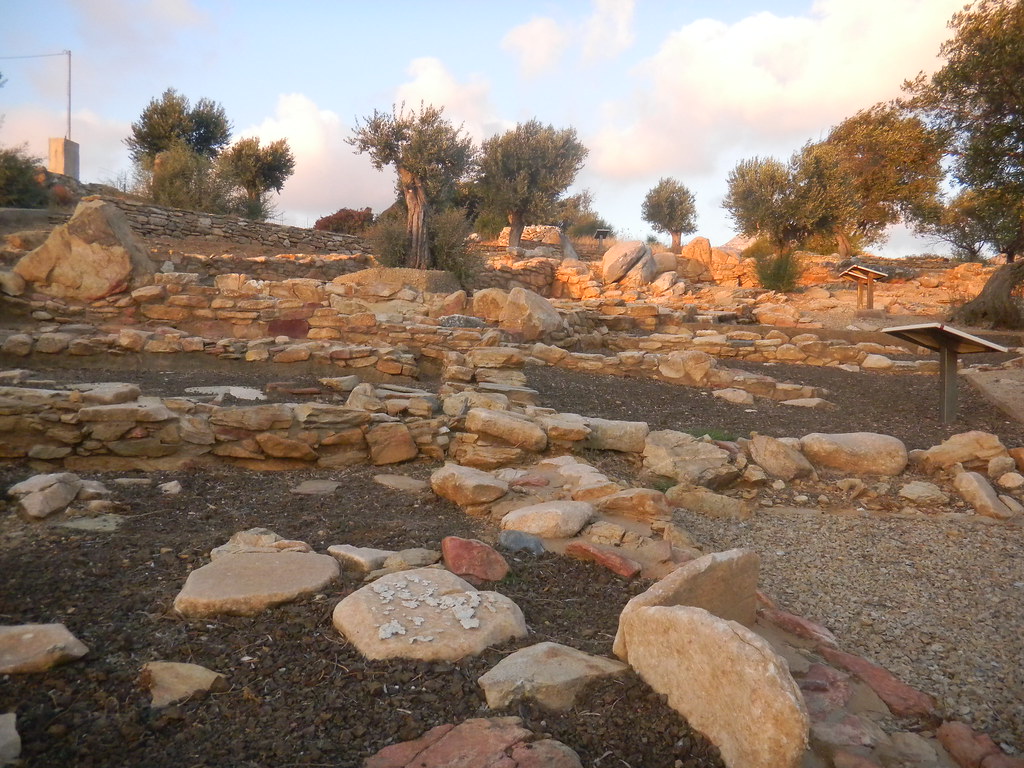Naxos is one of the Cycladic islands and it is part of the Prefecture of the Cyclades. It lies a brief range to the east of Paros whilst to its south and south-west are the islands of Irakleia, Schinousa, Epano Koufonisi, Kato Koufonisi, Keros and Ano and Kato Antikeri. To the east are the islets of Makares, Ayia Paraskevi, Strongili and Donousa.
Naxos is round fit. It has a length from north to south of 17.6 miles and a greatest width, approximately in the centre, of 13.2 miles. It covers a total area of 430 square metres and its coastline is 148 kilometres long. If we were to cruise around the island from the north coast in a south-westerly instructions then we would experience the bays of Limeneri, Kyra, Amyti, Ayios https://agreekadventure.com/three-things-to-do-in-naxos-island-greece/ Georgios and Kyrades, the islets of Amarantes, Aspronisi and Parthenos, and the capes Kavos Mikris Viglas, Kouroupia and Katomeri (south). The east coast of Naxos is not as remarkably formed, with the exceptions of the capes of Axala and Kavo Stavro. The island is mountainous and a tall mountain range stumbles upon the whole of the island, from the south to the north. The highest peak is Mt Zeus (1,003 metres), which lies somewhere in the middle of the mountain range. Other peaks are Koronos (997 m.), Anathematistra (778 m.), Mavrovouni (869 m.), Troullos (606 m.), Kerasea (523 m.), Mavri Petra (420 m.), Paliopyrgos (227 m.) and Viglatouri (418 m.).

Naxos has fertile earth and produces substantial amounts of cereals, olive oil, fruit and red wine. Animals farming is also quite developed, producing choose quality cheeses, as are tourism and the processing of farming fruit and vegetables. The main income, however, is emery (' Naxiot earth'), which is mined in the north-east. A great marble is likewise discovered in the mountain regions.
According to the census of 1981, Naxos had 14,037 inhabitants.
As far as its administration is worried, in the past Naxos consisted of a municipality and many self-governing communities.
The recent 'Capodistrias' program for the redistribution of regional administration created 2 large municipalities, the Municipality of Naxos, which includes Hora (the primary things to do naxos town) and the surrounding areas, and the Municipality of Drymalia, which includes the former self-governing neighborhoods of the villages of Filoti, Apeiranthos, Koronos, Komiaki, Halki (Tragaia) and Moni. The other neighborhoods have actually remained as they were. The Town of Naxos is extremely established and has recently made important advances in tourist also, all the earnings from which goes straight to the community handbag. The Town of Drymalia consists of the most industrialized villages of mountain Naxos, the homeowners of which look to improving their quality of life, establishing their crops and agriculture and other sectors.
Naxos is and constantly has been a cross-roads, where archaeologists, historians, scholars of all kinds, beaches in naxos artists, and regular people with an interest in history, archeology and folklore can fulfill, drawn by the value of the culture which has actually thrived on the island down the centuries.
Among the archaeologists to have worked on Naxos considering that the beginning of the 20th century are Professors Welter, Doumas, Lambrinoudakis, Drandrakis, Klon Stefanos, Christos Karouzos, N. Kontoleon, N. Zafiropoulos, F. Zafiropoulou and G. Gruben, teacher of the history of architecture at the University of Munich and Korres (who is responsible for the remediation of the Athens Acropolis). These scholars have actually concluded that Naxos was not merely substantial but of definitive importance for the history of the Cyclades and of the Greek world in basic.

Its size, its central position in the Aegean, the fertility of its soil and the success that these elements produced assisted to ensure Naxos its self-sufficiency down the ages.
Pindar calls Naxos "abundant" and Herodotus guarantees us that Naxos, surpassed the other islands in success. Simply as today, the fruit, olive oil and above all white wine of Naxos were famous in antiquity: Archilochus of Paros even went to far as to compare Naxiot wine with the nectar intoxicated by the gods on Olympus!
The island would seem to have actually had substantial grazing-grounds in ancient times, and Naxiot animals were so highly thought of that when in the 6th century BC Polycrates, autocrat of Samos, was searching for breeding animals with which to improve his stock, he sent out to Naxos for goats. The marble and emery of Naxos were quickly in usage in art and every day life far beyond the bounds of the island. The myths connecting to influenced by custom and the capture of Dionysos by Naxos reflect its god's ultimate triumph, pastoral sea just off Naxos.
It is said, for example, that Zeus himself was raised there, and was worshipped as Zeus Melosios, protector of the flocks. Apollo, who had a special connection with the island, was also worshipped as the protector of the flocks especially of the rams and also of flowers.
Ares, god of war, was when required to take refuge from his pursuers in the depths of the earth of Naxos, where he hid in what the myth calls "the stone that eats iron., an obvious reference to emery.

Above all, though, it was Dionysus who embodied all the agrarian charms and advantages of Naxos. It was here that the god was born and raised, according to the regional myth, and all the myths concur that it was on Naxos that he met and wed
Ariadne, after she had been deserted on the island by Theseus. The marital relationship in between Ariadne and Dionysus, her death and the rebirth which that death fore-shadows were the focus of wild celebrations on Naxos in antiquity, where this cult, focusing on the ripening, death and regrowth of nature was most highly developed.
The first inhabitants of Naxos are stated by the misconceptions to have been Thracian, under Boutes, kid of Boreas (the north wind). In his desire to discover better halves for his companions, Boutes took the rather extreme action of searching some Maenads in Thessaly; he recorded some, consisting of Coronis and lphimedeia, and brought them back to the island.
The misconceptions relate that the Thracians held Naxos for 2 a century, being prospered by Carians from Asia Minor, whose king Naxos offered the island its name. Archaeological finds show that there was a relatively well-developed society on Naxos as early as the late fourth millennium BC, about the end of the Neolithic age.

